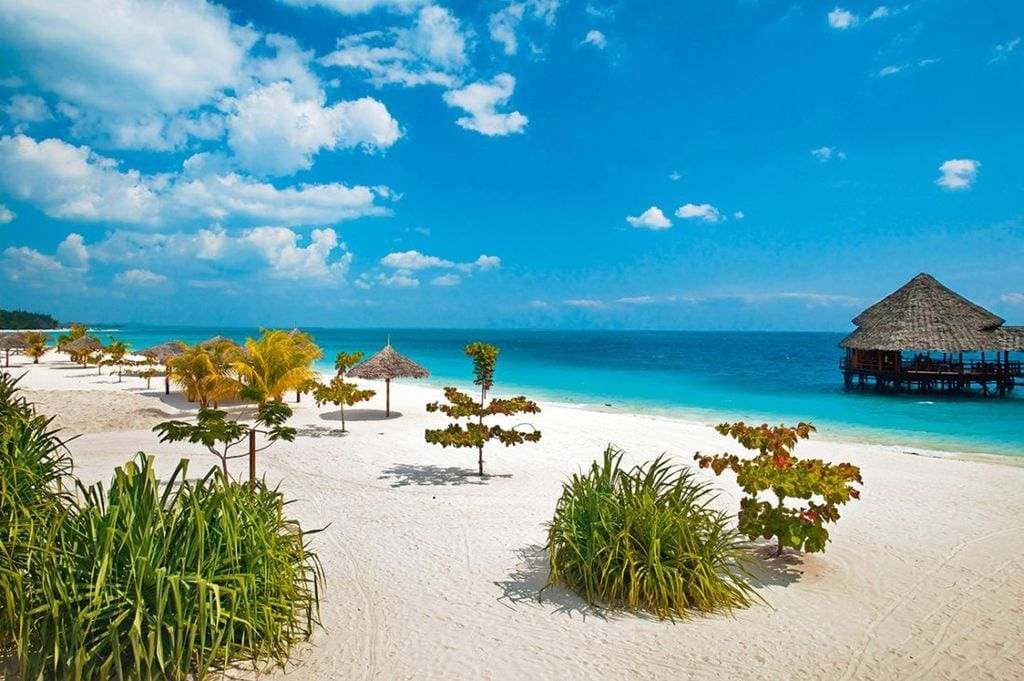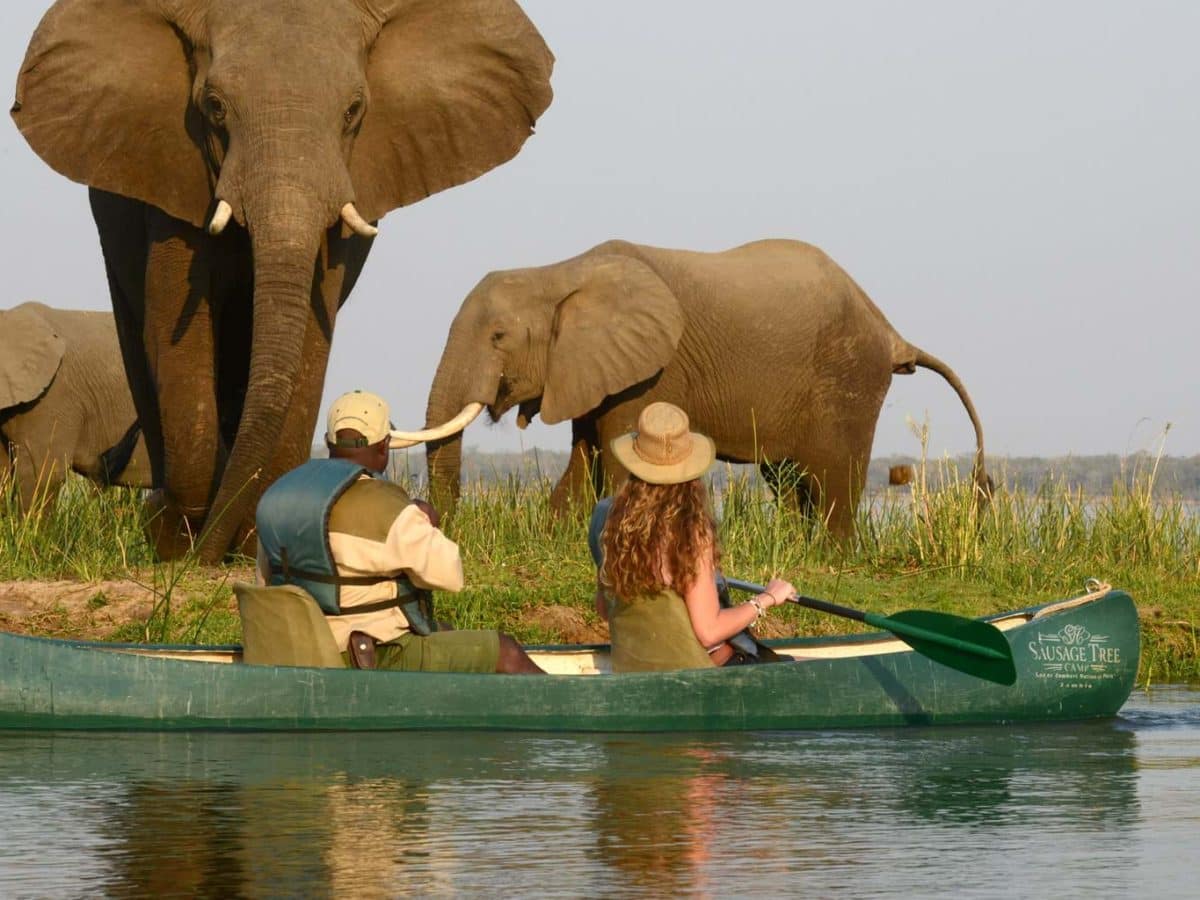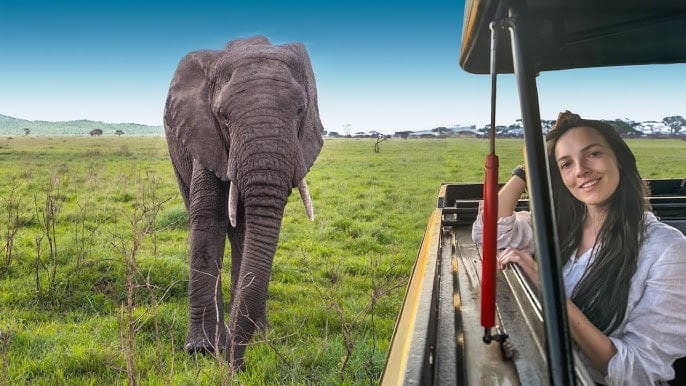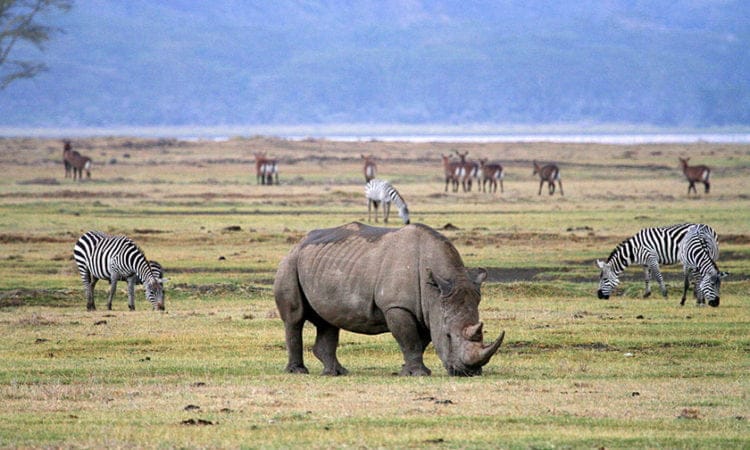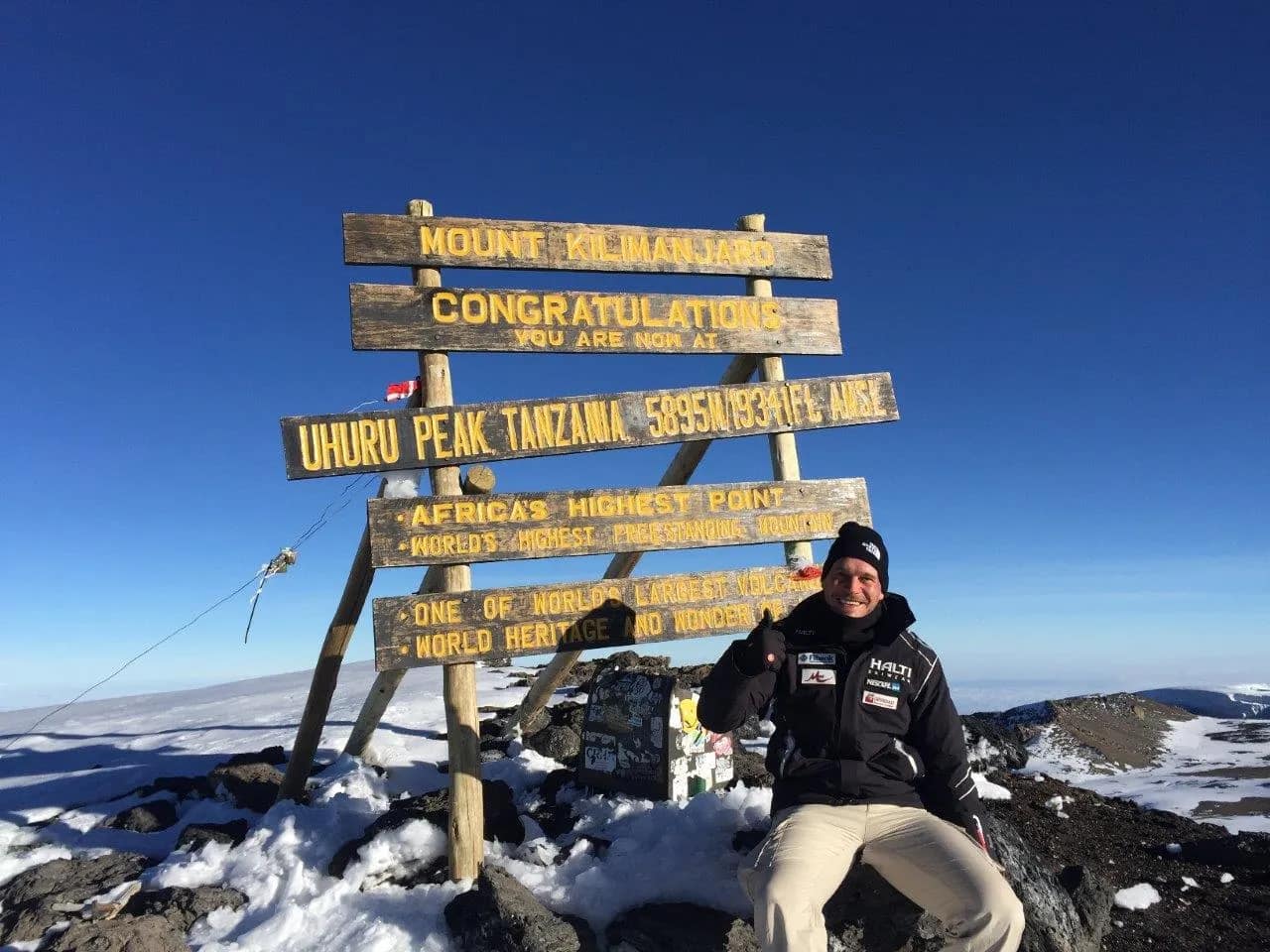
Climbing Mount Kilimanjaro is a dream for many adventurers. Standing at 5,895 meters, Kilimanjaro is Africa’s highest peak and offers a rewarding challenge for climbers. This guide is designed to help beginners prepare for the climb, choose the best route, and understand what to expect on the journey to the summit.
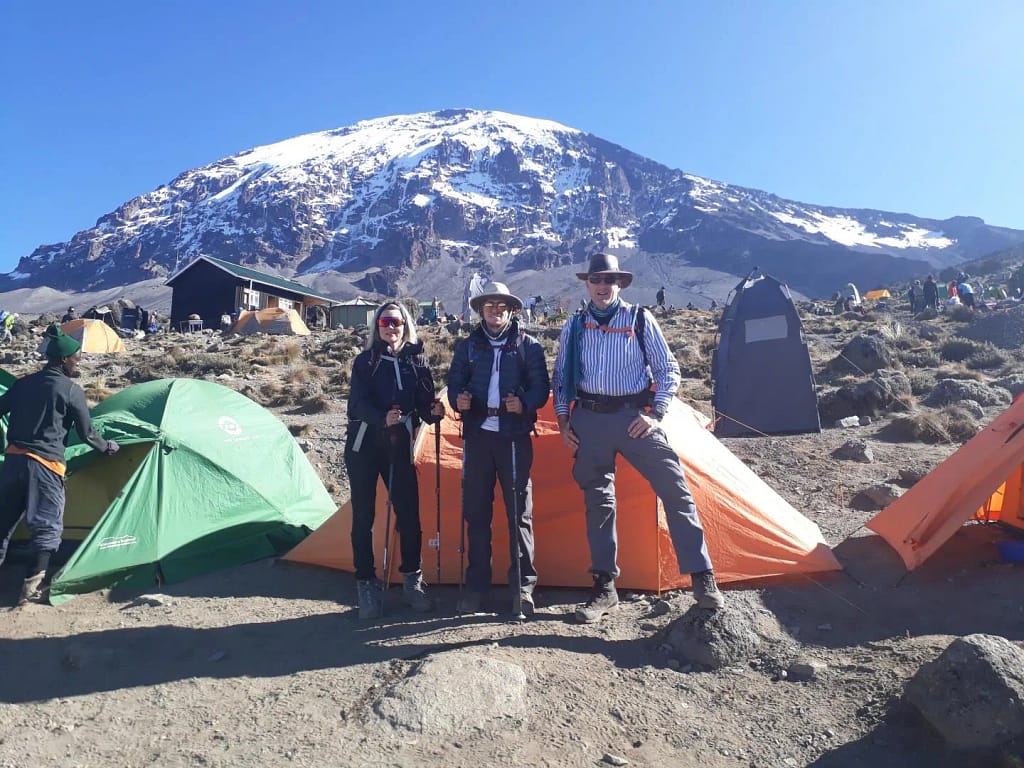
Choosing the Right Route
Selecting the Best Path for Your Adventure Mount Kilimanjaro offers several routes to the summit, each with its unique features and challenges. Here’s a brief overview of the main routes:
- Marangu Route: Known as the “Coca-Cola” route, it is the oldest and most established path. It offers hut accommodations and is considered less scenic but easier.
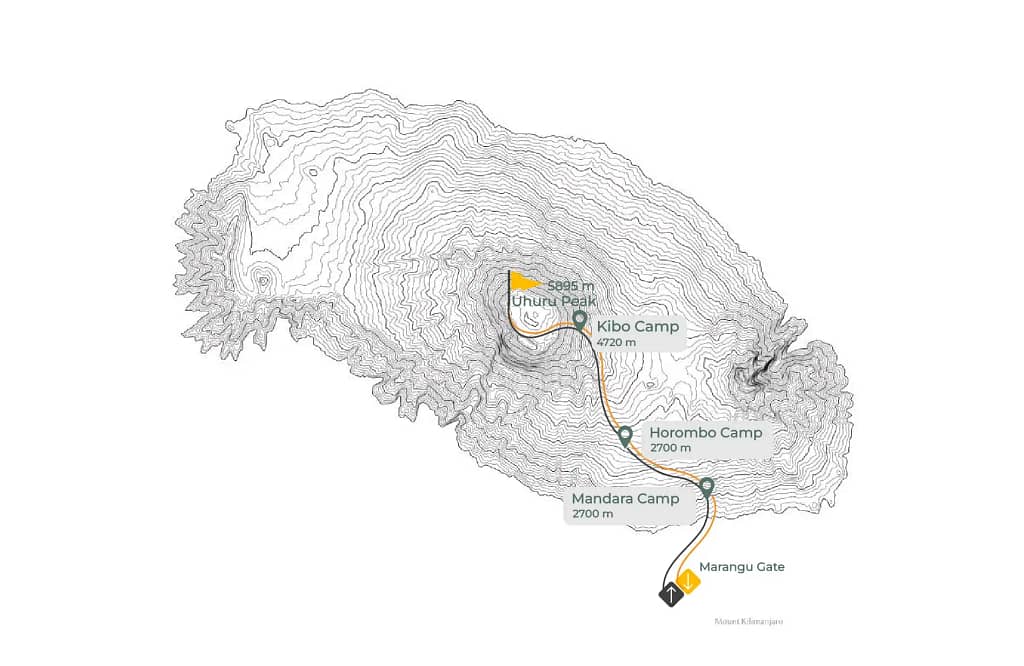
- Machame Route: Also called the “Whiskey” route, it is more challenging and scenic. It is popular for its high success rate due to good acclimatization profiles.
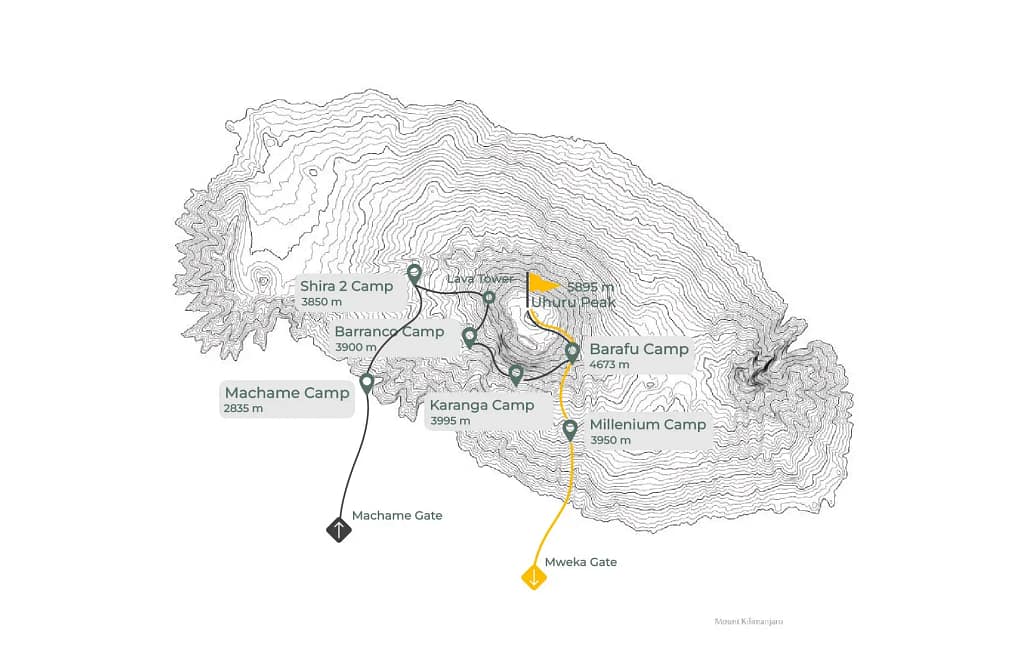
- Lemosho Route: A longer route that provides beautiful landscapes and fewer crowds, offering a higher chance for acclimatization.
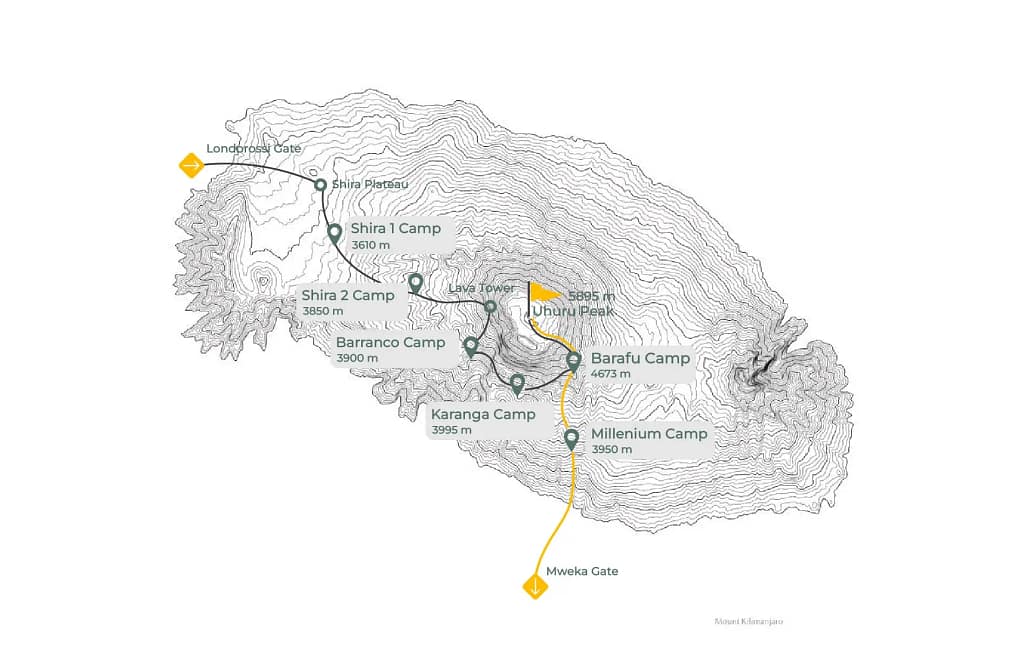
- Rongai Route: The only route approaching Kilimanjaro from the north, offering a different perspective and fewer crowds.
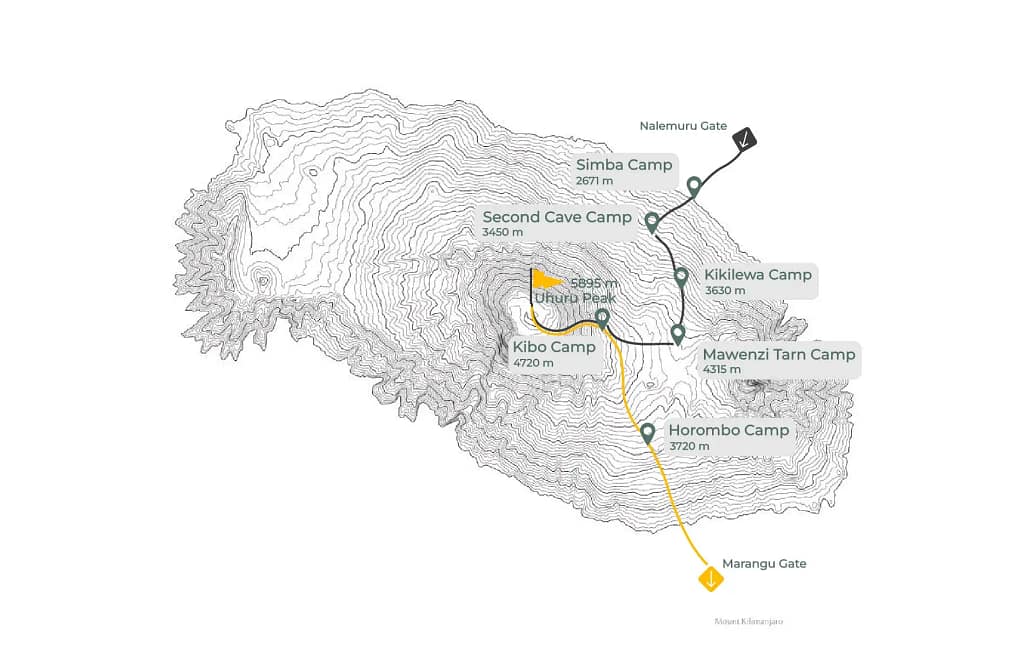
- Shira Route: Similar to Lemosho but starting at a higher elevation, it is less popular and offers stunning views.

- Umbwe Route: The most challenging and steepest route, recommended for experienced climbers looking for a direct ascent.

- Northern Circuit Route: The longest route, offering excellent acclimatization and 360-degree views of Kilimanjaro. It is less crowded and provides a comprehensive experience of the mountain’s diverse landscapes.
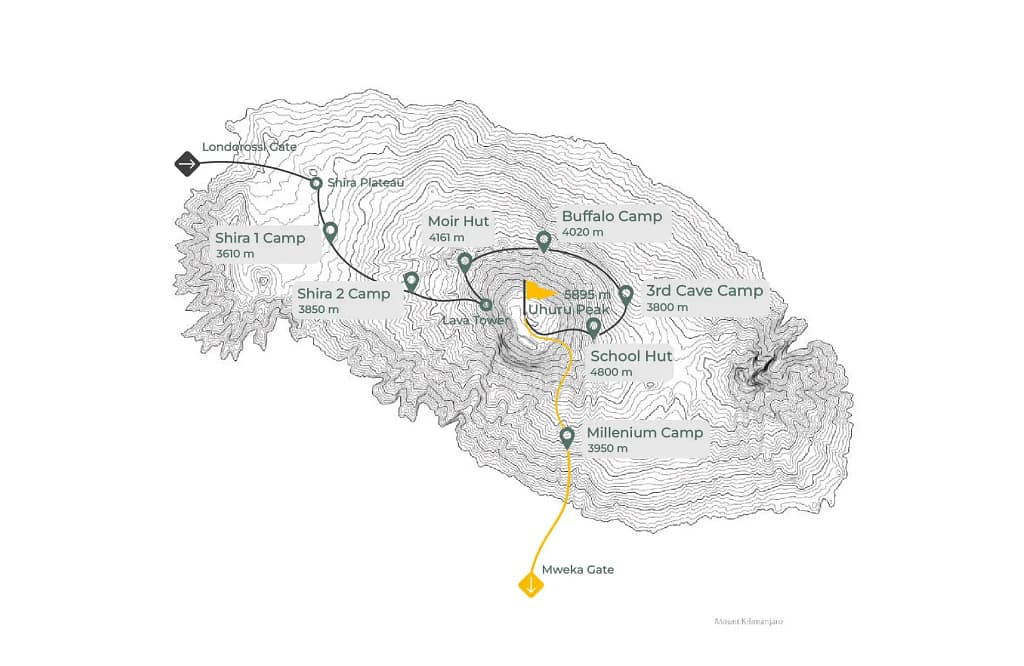
Preparing for the Climb
Training and Fitness Tips Climbing Kilimanjaro requires good physical fitness and mental endurance. Here are some tips to prepare:
- Cardiovascular Training: Engage in activities like running, cycling, and swimming to build endurance.
- Strength Training: Focus on legs and core exercises such as squats, lunges, and planks.
- Hiking Practice: Go on long hikes with a backpack to simulate climbing conditions.
- Acclimatization Hikes: If possible, hike at high altitudes to get used to thinner air.
Essential Gear and Equipment

What to Pack for the Climb Packing the right gear is crucial for a successful Kilimanjaro climb. Here’s a checklist of essentials:
- Clothing: Layered clothing for varying temperatures, including moisture-wicking base layers, insulating mid-layers, and waterproof outer layers.
- Footwear: Sturdy, comfortable hiking boots and gaiters.
- Accessories: Gloves, hats, sunglasses, and a headlamp.
- Sleeping Gear: A warm sleeping bag rated for cold temperatures.
- Trekking Poles: To assist with balance and reduce strain on knees.
- Hydration and Nutrition: Water bottles, hydration packs, and high-energy snacks.
Understanding the Climb
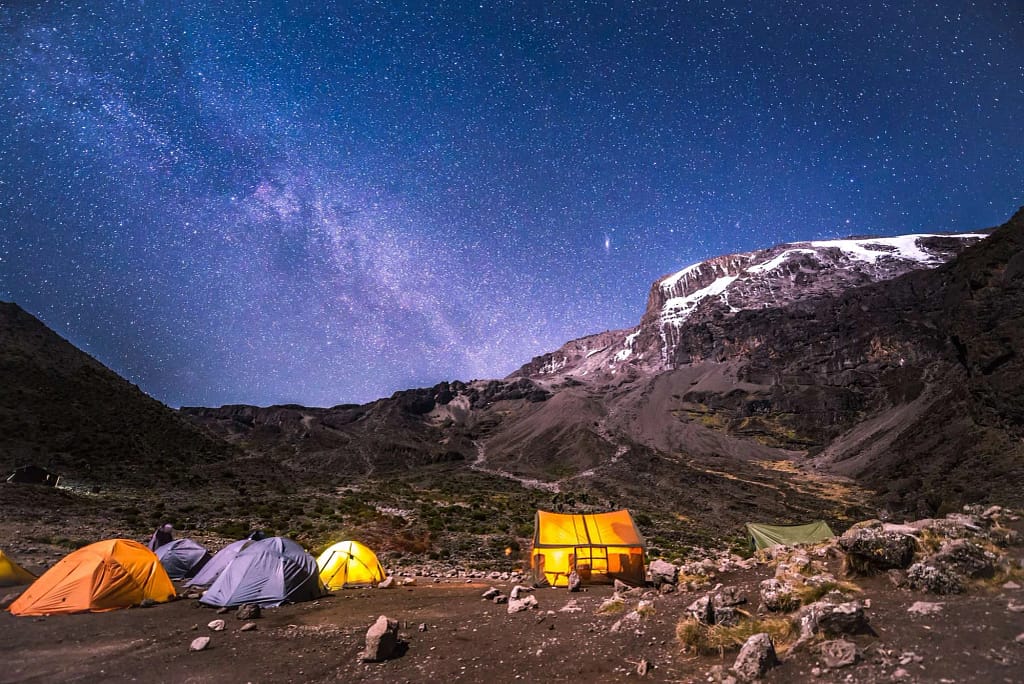
What to Expect on Your Journey Climbing Kilimanjaro is a multi-day trek that takes you through five climatic zones: rainforest, moorland, alpine desert, and arctic summit. Here’s what you can expect:
- Day 1-2: Begin in the rainforest zone, where you’ll encounter lush vegetation and wildlife.
- Day 3-4: Transition into the moorland and alpine desert zones, with rocky terrains and sparse vegetation.
- Day 5-6: Reach higher altitudes with colder temperatures and less oxygen, requiring proper acclimatization.
- Summit Night: A challenging night climb to reach Uhuru Peak by sunrise, offering breathtaking views and a sense of achievement.
Tips for a Successful Climb

Maximizing Your Chances of Reaching the Summit To increase your chances of a successful summit, follow these tips:
- Acclimatize Properly: Choose a route that allows for gradual altitude gain.
- Stay Hydrated: Drink plenty of water to combat altitude sickness.
- Pace Yourself: Go slow to conserve energy and allow your body to adjust to the altitude.
- Listen to Your Guides: Experienced guides can provide valuable advice and support.
- Stay Positive: Mental endurance is as important as physical fitness. Keep a positive attitude and stay motivated.
Conclusion:
Climbing Mount Kilimanjaro is a challenging yet incredibly rewarding adventure. With proper preparation, the right gear, and a positive mindset, you can successfully reach the summit of Africa’s highest peak. Follow this beginner’s guide to ensure a safe and unforgettable experience on Mount Kilimanjaro.
